A new visa tax that could Make India Great Again
Along with high tariffs, increased via restrictions, taxing talent may well turn out to be how America’s global economic dominance begins to fade. Let’s not learn that lesson the hard way.
 Visa / google
Visa / google
America’s edge has always been people—ambitious, inventive, and hardworking and drawn here from every corner of the earth for hundreds of years. For the last 50 years, skilled immigration has supercharged that engine.
The recent announcement by the Trump administration of a $100,000 fee on each new H-1B petition puts that engine at risk. Even with clarification that it’s one-time and for new petitions, the rollout created costly uncertainty. Hiring freezes and travel scrambles followed.
Also Read: Republican Senator presses USCIS on H-1B use for DEI roles in U.S.
The intent behind the fee is simple: price out visas, force firms to “hire Americans.” Reality is messier. H-1B professionals usually complement U.S. workers. They fill hard-to-hire roles, raise productivity, and expand opportunity. Choke the pipeline and you don’t magically create 10,000 new chip designers in America—you help ship high paying jobs abroad.
That “abroad” increasingly means India. According to India software industry organization Nasscom, India is home to 1,700 global capability centers (GCCs), employing 1.9 million people and generating $65B in revenue—projected to hit ~$110B by 2030. Experts say the H-1B fee will accelerate offshoring because “the talent is here.” If talent can’t move to the work, the work moves to the talent.
Stack the visa toll alongside the other ill-conceived policies of the Trump administration: steep- crackdown on work and travel visa approvals, tariffs hike that disregards US strategic partnerships, severe hits to university funding for research, the Trump administration is attacking the trifecta—people, markets, research—that built U.S. leadership in technology, science, and medicine. That doesn’t “reshore” jobs; it just shrinks the pie and offshores American leadership.
I’ve seen the upside of skilled immigration up close and personal. About, thirty years ago, I started working in the US on an H-1B visa. About ten years later —as soon as I had my Green Card—along with other immigrant co-founders, I launched the first of multiple startups, in the process creating hundreds of high-wage American jobs. My story isn’t exceptional; it’s exactly how the forward-thinking US skilled immigration system was supposed to work.
If you need evidence just take a look at the top 10 recipients of the H1 visa for 2025 and you will find the most successful American corporations such as Amazon, Microsoft, Meta, Apple, Google, Chase, and Walmart. That is no accident. Driven by opportunity, the American dream, and easy access to resources in the innovation ecosystem, skilled immigrants create value for their employers and customers that result in economic growth and more jobs. Price out the on-ramp and you dim that possibility for the next founder—and the next 50 or 500 workers they would have hired.
There’s a better and easier path:
- Drop the fee and go after visa abuse: enforce prevailing wages, punish bad actors, and let workers switch employers more easily. And make the pathway to a green card easier.
- Invest in Rapid reskilling of Americans: employer-linked apprenticeships, community-college STEM-AI pathways, and workforce development programs
- Back universities with steady research funding and access to the best global talent. That’s where the next technology breakthrough begins.
If this new fee stays in place, it could turn out to be an unsolicited opportunity for countries like India and China to retain its top talent and perhaps overtake the US as the global leader in innovation and entrepreneurship. If India retains more of its engineers and grows faster, the Trump administration will inadvertently help Make India Great Again, a term used by Prime Minister Modi when he visited the White House earlier this year. However, the U.S. can still benefit—by partnering with India on technology, chips, climate tech, and healthcare. But that requires trust, not a visa tax that drives work offshore and tarnishes America’s magnetism.
Along with high tariffs, increased via restrictions, taxing talent may well turn out to be how America’s global economic dominance begins to fade. Let’s not learn that lesson the hard way.




 Suresh U. Kumar
Suresh U. Kumar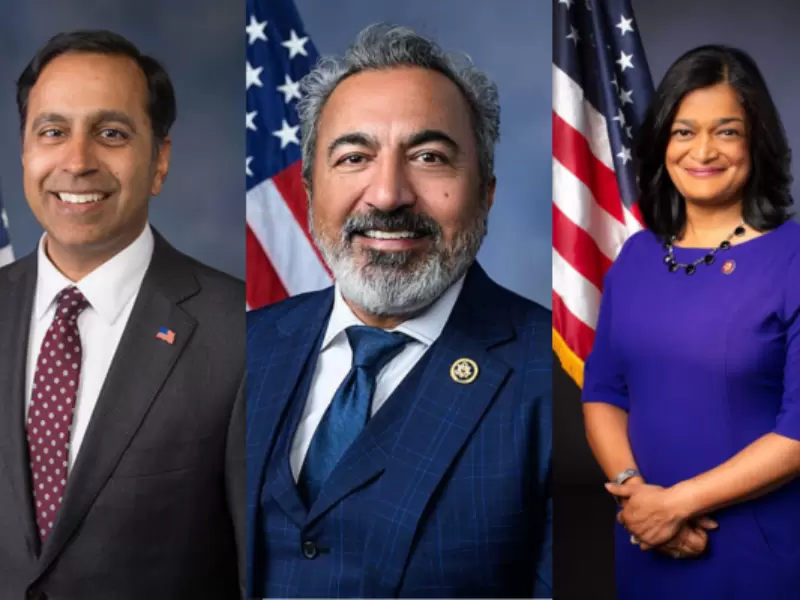
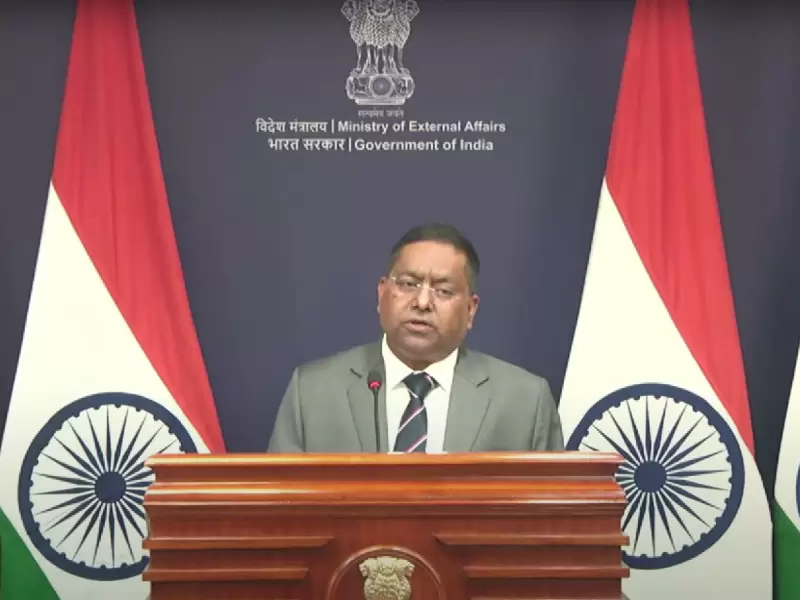
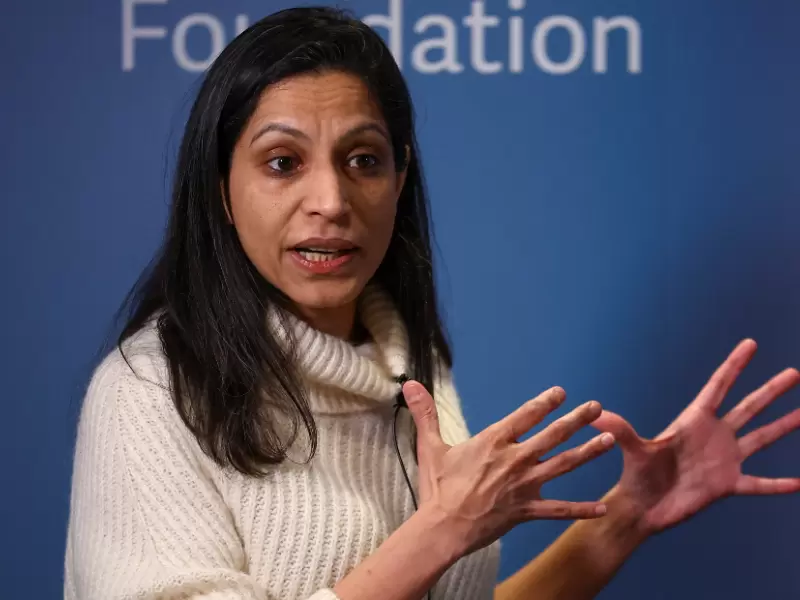


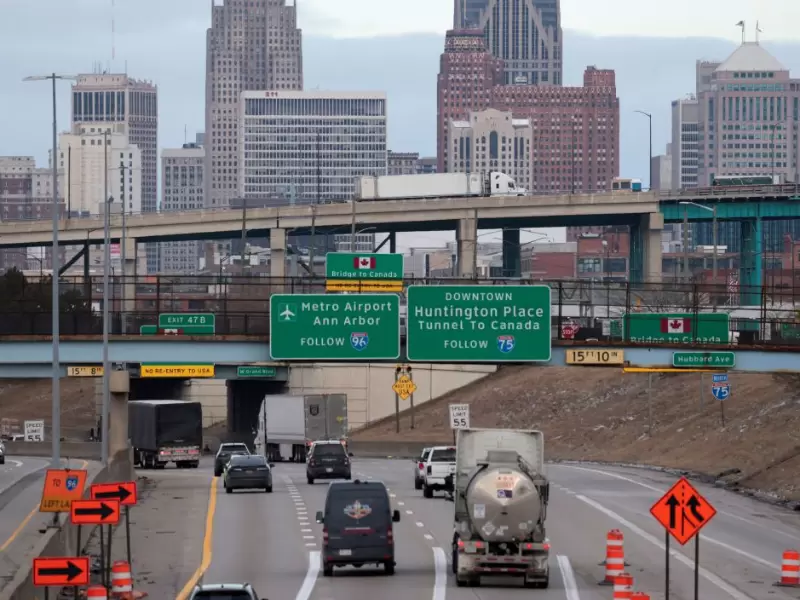
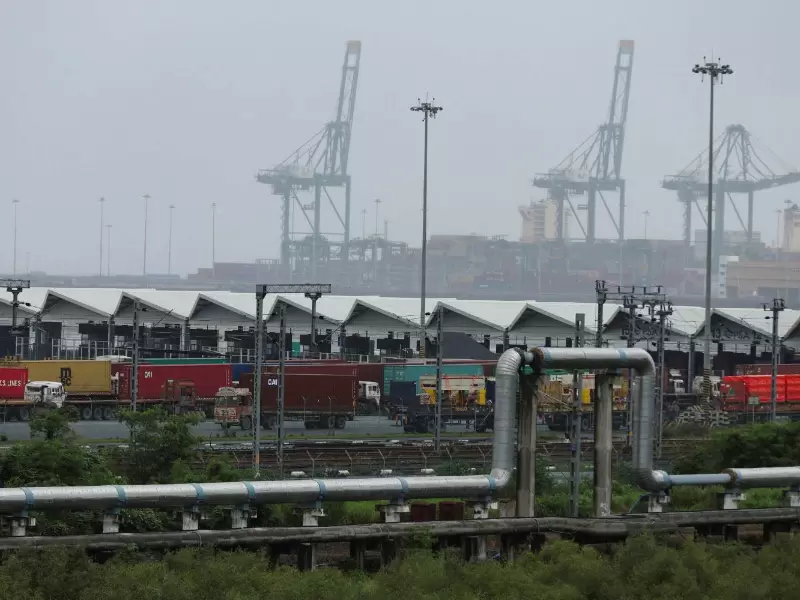


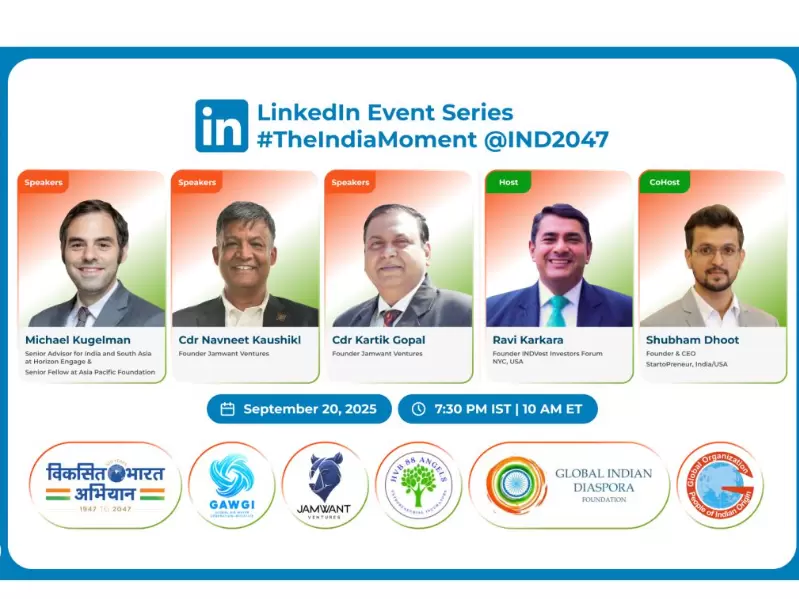






Comments
Start the conversation
Become a member of New India Abroad to start commenting.
Sign Up Now
Already have an account? Login